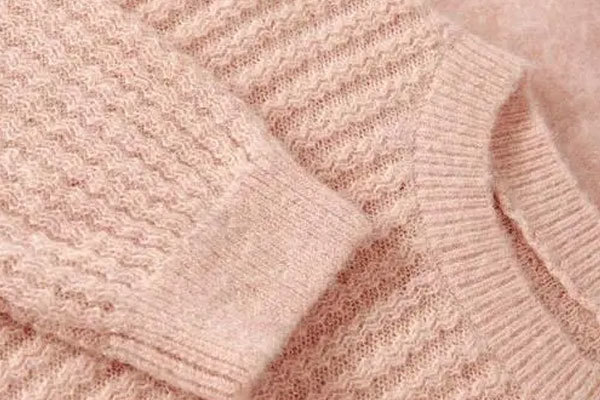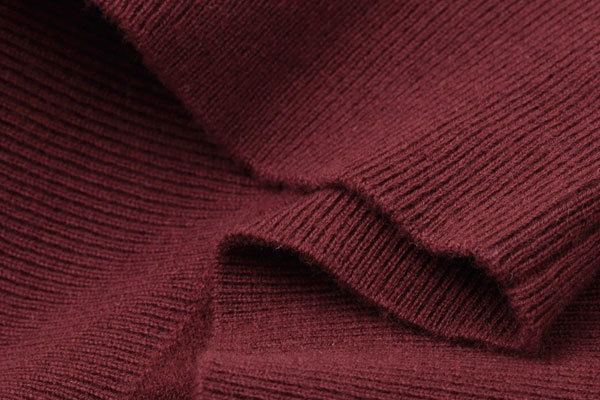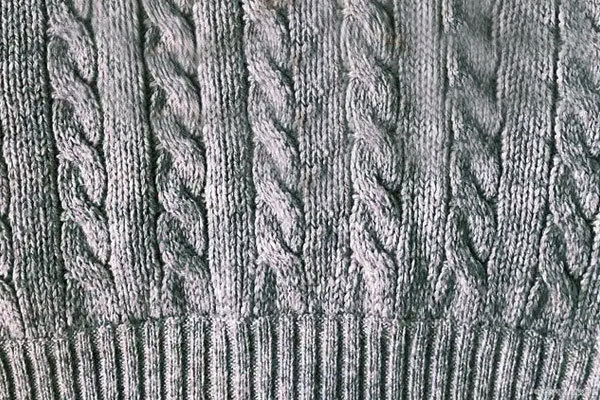Factors affecting the pilling of sweaters
2024-01-18

The influence of the yarn: the more crimp waves of the fiber, the fiber is not easy to stretch when twisting, and the fiber is easy to loosen and slip during the friction process, forming hairs on the surface of the yarn. For this reason, the better the crimp of the fiber, the easier it is to pilling. The thinner the fiber, the more fiber ends exposed on the surface of the yarn, and the better the softness of the fiber, so the fine fiber is easier to entangle and pilling than the coarse fiber. In terms of fiber length, shorter fibers are easier to pilling than long fibers. In addition to the influence of the number of fiber heads, the friction force and cohesion force between long fibers are large, and the fibers are difficult to slide to the surface of the fabric, so it is difficult to entangle pilling. The twist and surface finish of the yarn also have a great influence on pilling. The yarn with high twist has close cohesion between fibers. When the yarn is rubbed, the fiber slips from the yarn relatively less and pilling phenomenon is reduced. However, the sweater is a soft fabric, and excessive twist will make the fabric hard, so it cannot be prevented from pilling by increasing the twist. The influence of yarn finish, the smoother the yarn, the shorter and less the surface hair, so the smooth yarn is not easy to pilling.
The effect of fabric structure: fabric structure loose fabric structure than the structure of the fabric tight fabric easy pilling. High-size fabrics are generally more compact, so low-size fabrics are more prone to pilling than high-size fabrics. The fabric with a flat surface is not easy to pilling, and the fabric with an uneven surface is easy to pilling. Therefore, the pilling resistance of fat fabric, ordinary color fabric, rib fabric and jersey fabric is gradually increased.
Influence of dyeing and finishing process: after yarn or fabric is dyed and finished, it will have a great influence on pilling resistance, which is related to dyes, auxiliaries and dyeing and finishing process conditions. Yarns dyed with skein are easier to pilling than yarns dyed with loose wool or wool tops. Fabrics dyed with finished shirts are easier to pilling than fabrics dyed with yarns. The fabric is shaped, especially after resin finishing, its resistance to pilling will be greatly enhanced.
The influence of wearing conditions: when the sweater fabric is worn, the greater the friction, the more the number of friction, the more serious the pilling phenomenon.
Key words:
Factors affecting the pilling of sweaters
Latest News






